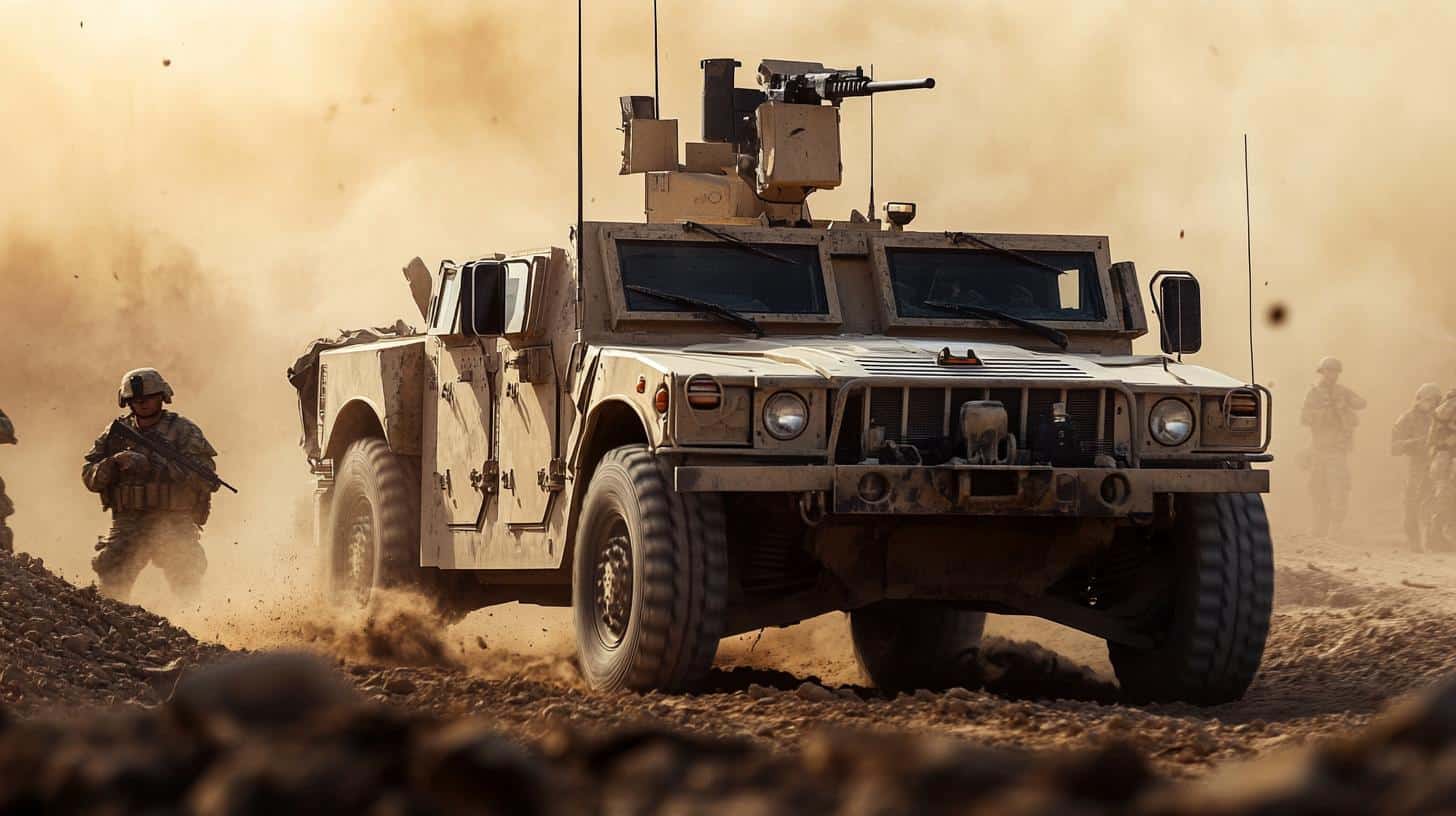In the ever-evolving landscape of modern warfare, both Russian and Ukrainian forces are turning to electric vehicles as a tactical response to challenges posed by the ongoing conflict. This shift highlights a new dimension in military mobility, where stealth and adaptability become paramount.
Kalashnikov’s Electric Innovation
The renowned Russian enterprise, Kalashnikov Group, has recently ventured into testing electric motorcycles designed for combat scenarios. These locally-produced bikes, now being trialed near border zones, promise advantages such as reduced noise and minimized thermal detection, enhancing stealth operations. Equipped with a centrally-mounted electric motor and a sturdy frame, these motorcycles represent Russia’s effort to innovate within their military vehicle repertoire.
Ukrainian Tactical Adaptation
Meanwhile, Ukraine has showcased remarkable resourcefulness and flexibility in its defense strategies, employing electric two-wheelers to significant effect. Ukrainian troops have successfully utilized Delfast’s electric bicycles for rapid deployment, carrying anti-tank weapons to strategically dismantle Russian armored units. Additionally, powerful electric bikes have been instrumental in deploying sniper teams, capitalizing on their silent approach to gain a tactical edge.
Beyond land, Ukrainian forces have incorporated electric boats into their operations, using small, silent vessels to maneuver through narrow waterways, thereby maintaining an element of surprise against adversary units.
The Future of Warfare
This embrace of electric vehicles by both nations underscores a broader shift in military tactics, where environmental adaptability and unconventional strategies are vital. As the conflict continues, these innovations may play an increasing role in determining the outcomes on the ground, marking a new chapter in the evolution of combat technology.
Electric Vehicles: Transforming Military Strategy and Beyond
The integration of electric vehicles in military operations by Russian and Ukrainian forces underscores a profound shift in modern combat tactics. Beyond military applications, this adaptation has significant implications for civilians and global industries, marking a transformative approach to technology and warfare.
Impact on Civilian Life and Industries
The military’s pivot to electric vehicles is influencing broader civilian sectors. The success of Delfast’s electric bikes in military operations highlights the product’s reliability and efficiency, potentially inspiring increased civilian adoption of similar technologies for everyday use. This transition towards electric alternatives could bolster local economies, foster innovation, and contribute to environmental sustainability.
The advancements in electric motorcycles and bicycles prompt a ripple effect across the transport and manufacturing industries. As governments recognize the strategic benefits of quiet and efficient vehicles, investments in electric vehicle infrastructure and development may rise, stimulating job creation and technological advancements in the civilian market.
Controversies and Ethical Considerations
However, the militarization of electric vehicles raises ethical questions. These innovations, while reducing environmental harm, also enhance military capabilities, potentially escalating conflicts. The line between civilian and military technology blurs, necessitating international dialogues on regulation to prevent misuse.
Future Prospects and Global Influence
As these developments unfold, countries worldwide are closely monitoring the implications. The adaptation of electric vehicles in combat zones could inspire other nations to rethink military strategies, prioritizing stealth and efficiency. This evolution might lead to a redefinition of military prowess and further emphasize the importance of sustainable technological innovation.
For more insights on the developments around electric vehicles, visit Delfast or the Kalashnikov Group.







